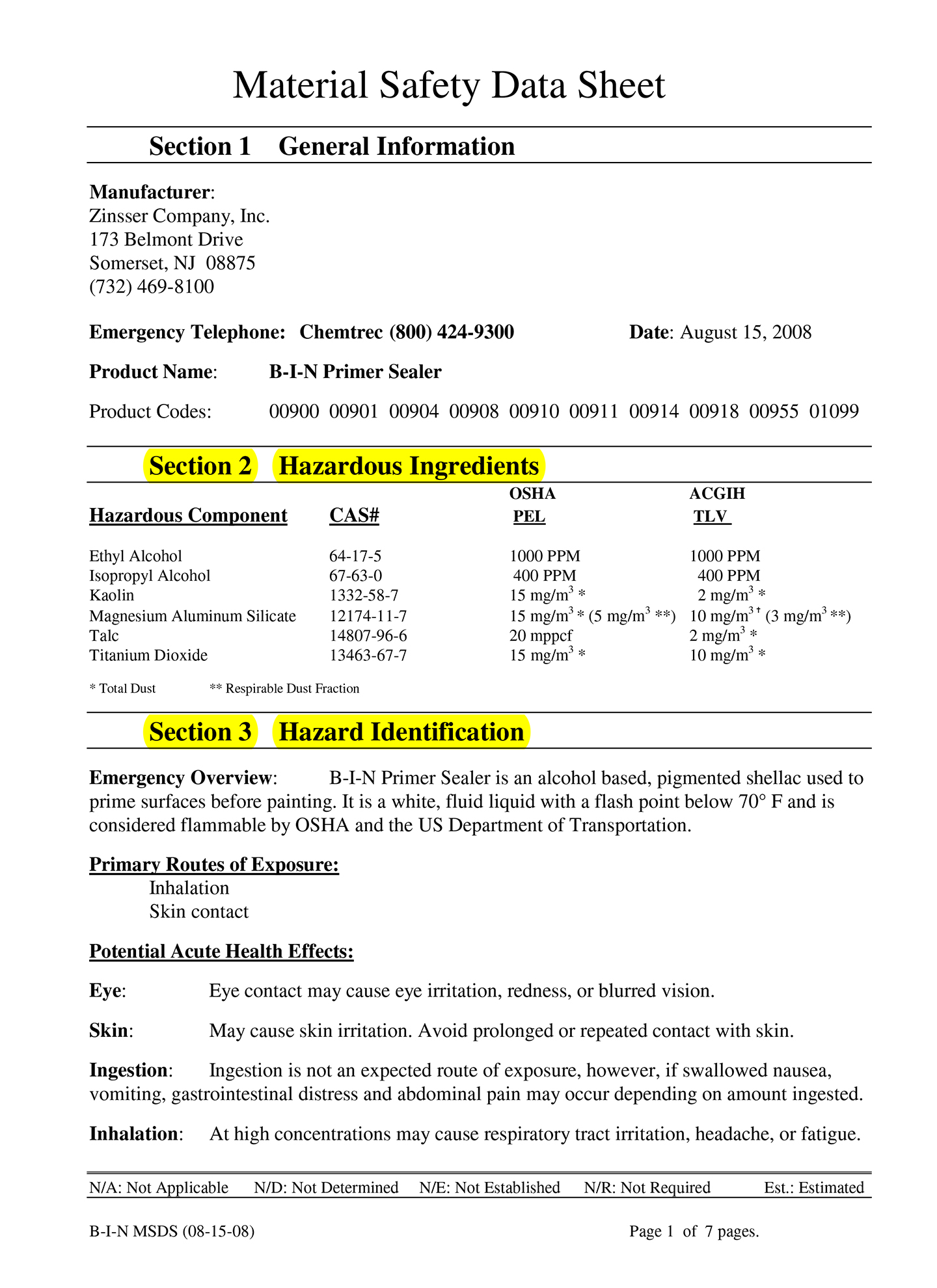Can You Smell that Smell? An Overview of VOCs
/Whenever you buy a new car, you are likely to notice that it has a distinct “new car smell.” This comes from chemicals in the car’s materials called volatile organic compounds, and they can have negative effects on your health.
Volatile organic compounds (VOCs) are not just found in cars—they also can be found in building materials, furniture, paint, drywall, bedding, adhesives and glues, carpet, and office supplies. These chemicals contain carbon as well as other elements, such as hydrogen, oxygen, fluorine, chlorine, bromine, sulfur, or nitrogen. They are called “volatile” because they have a low boiling point and evaporate easily at room temperature, becoming vapors or gases that affect air quality. Common VOCs include formaldehyde, butane, ethylene glycol, acetone, and methylene chloride, among others.
Volatile organic compounds can be hazardous air pollutants. Plus, when VOCs react with nitrogen oxides (atmospheric byproducts of combustion) in the presence of sunlight, they form smog, which affects climate change. According to the Environmental Protection Agency, VOCs can cause “eye, nose, and throat irritation; headaches, loss of coordination, nausea; damage to liver, kidney, and central nervous system.”
Formaldehyde is a strong-smelling VOC often found in plywood, particle board, MDF, other engineered wood products, glues, and paints. A low level of formaldehyde occurs in nature, but more is often added to the plywood or particle board used to construct cabinet boxes. Cabinets are almost always finished with paint or stain, which often contain VOCs. On top of that, they can be coated in a sealer or varnish that might also contains VOCs.
Fortunately, low-VOC options are available—materials that have been tested and found to meet emissions standards set by Greenguard. Environmentally friendly options from Boston Building Resources include cabinets made with NAUF (no added urea formaldehyde) plywood or particleboard. Low-VOC water-based (as opposed to solvent-based) paints, stains, and finishes can also be specified. In addition to Greenguard certification, the Material Safety Data Sheets for various components and finishes will also help you determine if the cabinet has any volatile substances. These can usually be found on the cabinet line’s website, as with this example from Purekitchen.
In general, low-VOC cabinets will cost a bit more. However, the price of cabinetry depends upon many variables, most of them related to quality of construction. Of the seven cabinet lines available through Boston Building Resources, some are exclusively low-VOC while others offer NAUF plywood, water-base finishes, and unfinished cabinetry as options. For specifics, speak with one of BBR’s kitchen designers about the choices that will work best for your project.
—Kelly Gallagher
Sample MSDS for Purebond plywood
MSDS for primer/sealer


